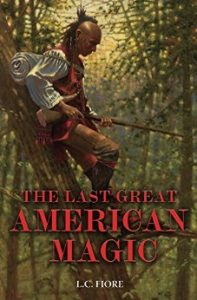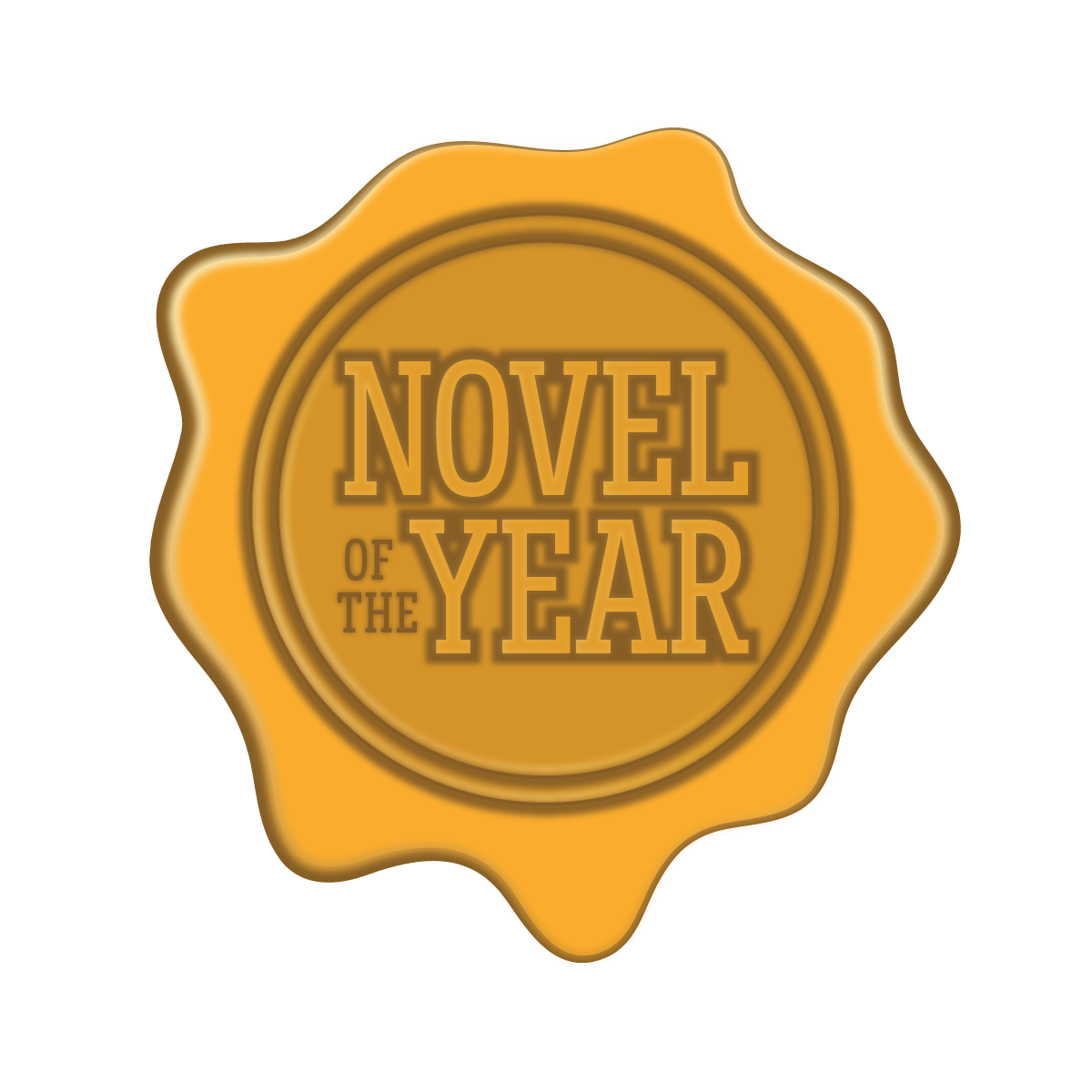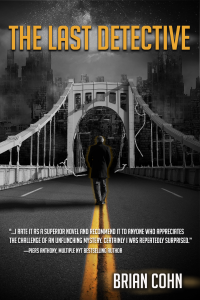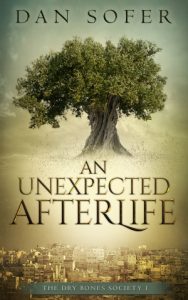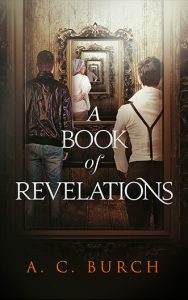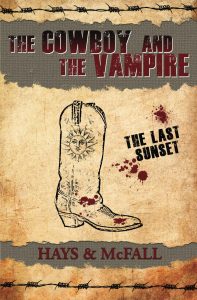The Rundown
The Recommendation
The Rating
The Links
The Reviewer
Renee Miller
Visit Renee Miller‘s website.In fiction writing, it’s widely believed that there is literally nothing new under the sun in terms of story. Every plot, when stripped to the basics, has essentially been done before. You can’t possibly bring anything to the table we haven’t seen before. Yawn.
So why bother? Because “nothing new” doesn’t mean you can’t still write “something awesome.”
I’ll explain, as I always do. First, let’s look at this nothing new thing. The popular belief is that there are only seven basic story plots. Some "experts" say there are fewer than that. Some claim there are more. Whatever. For simplicity's sake, I'm going with seven.
These are as follows:
- Overcoming the Monster: Protagonist tries to defeat the antagonist (or an antagonistic force) that threatens him or his homeland. Think Hunger Games, Beowulf, King Kong
- Rags to Riches: Protagonist begins poor but acquires wealth and/or power, and then loses it all. She then gains it back after she “grows” as a person, learning a valuable lesson about life, herself, or whatever. Think Cinderella, Aladdin, Pretty Woman
- The Quest: Protagonist sets out on a journey to find an important location or object or both. He faces many obstacles along the way, including temptations that might cause him to forget about or abandon his journey. Think Lord of the Rings, Iliad, The Wizard of Oz
- Voyage and Return: This one is exactly as it sounds. Your protagonist journeys to a distant land. This journey poses many threats, but the protagonist triumphs and returns home, rich with experience and little else. Think Chronicles of Narnia, Labyrinth, Gulliver’s Travels
- Comedy: You’ve got a funny guy doing funny things that lead to a happy ending. Comedies frequently use a “triumph over adversity” theme, which results in a happy ending and some giggles along the way. Think Twelfth Night or Bridget Jones, or perhaps my Fangs and Fur series (shameless self promotion)
- Tragedy: Your protagonist is a villain or someone who’s fallen from grace. Her death or demise is often the happy ending, but sometimes the evil doer gets away with everything. Think The Picture of Dorian Gray or most things Shakespeare
- Rebirth: An important event or a combination of events causes your protagonist to change his ways (which are usually morally questionable or downright evil when he starts out). Rebirth plots usually end with your protagonist becoming a better person. Think The Grinch, A Christmas Carol, Beauty and the Beast
Now, I was taught to think of these “been done” plots in terms of the central conflict. For example:
- Human versus Human
- Human versus Nature
- Human versus God
- Human versus Society
- Human versus Himself
Whatever way you look at it, when you strip a story down to its core, they’re right. There are only so many plots available to us. Yet, we’re always asked to bring something original to readers. They long for fresh, new and never been done tales that will blow their socks off.
But how, you might ask, is this possible if the one’s saying it’s all been done are right?
While every basic plot has been done to death, a little imagination is all you need to give the readers what they want. You can still write innovative, fresh and original, because YOU haven’t done every story yet. You are the key factor in making it original and innovative and amazeballs.
Oops. Got carried away. I promised never to use “amazeballs” in public. Sorry kids.
Let’s move on. Here are five easy ways to make that tired, old plot new:
- Ask “what if?” The protagonist is on a long journey of self-discovery. He faces many obstacles, including temptations. What if he didn’t continue?
OR
The protagonist is against a deadly foe. She is devious, cold, cruel, sadistic even, but also hot… so damn hot. The protagonist doesn’t care about her shapely legs or heaving breasts, though. He is determined to beat her. She’s evil, after all. Just when it looks like all is lost, the protagonist realizes something very strange. Is that an erection? What?!! I don’t know. Just screwing around. What I’m saying is take these tired old tales and ask “what if I did this or changed that?” Something innovative is bound to surface. It’s up to you to see it when it does. Look. There it is. Grab it. Now, bend it, turn it, twist it inside out. Oh, that does look interesting, doesn’t it?
- Why can’t you take two plots (or more) and blend them? Shit, yessss! Pack as many plots as you can into that bad boy. Subplots too. Just plot until your head explodes. Sexy.
- Forget about it. Forget writing outside the box. Just forget about the box entirely. Forget about the plots that have been done. Don’t avoid writing the same thing. Stop caring about being original. Forget everything except the idea in your head. I think this is also called “Fuck it all.”
- Trust your instincts. I see you’re still holding your box. Put it down. Pour gasoline on the stupid thing, light a match, and watch it burn. Now, write whatever you feel like writing. Trust yourself to make it awesome.
- Read a book, or five. Ten. Whatever. Wait… what am I saying? I’m saying read. Read again. Now read some more. The more you read, the more you realize this “nothing new” thing is utter bullshit. Sure, there might not be any new types of conflicts or basic plots, but the actual story and characters are only limited by the author’s imagination.
There. Problem solved. Now, stop whining and start writing.


